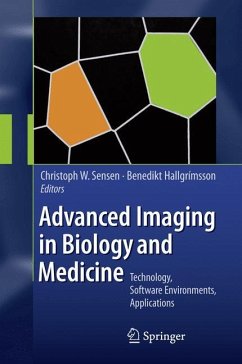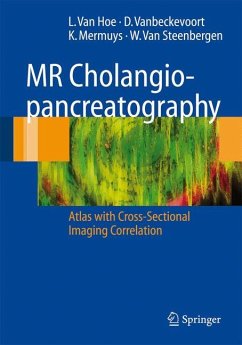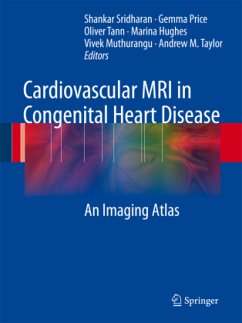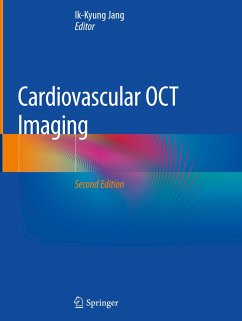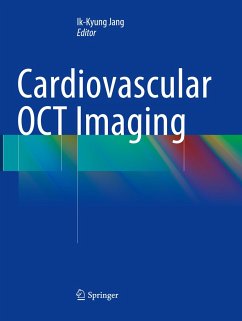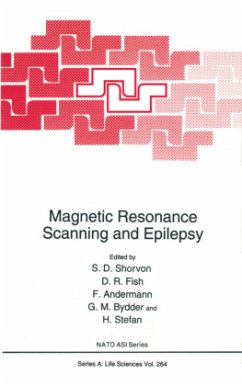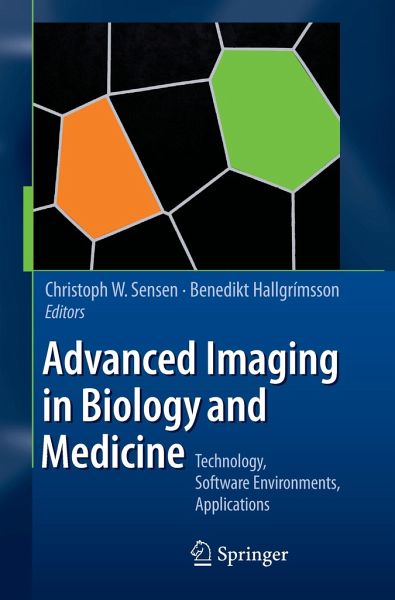
Advanced Imaging in Biology and Medicine
Technology, Software Environments, Applications
Herausgegeben: Sensen, Ch.W.; Hallgrimsson, Benedikt
Versandkostenfrei!
Versandfertig in 1-2 Wochen
153,99 €
inkl. MwSt.

PAYBACK Punkte
77 °P sammeln!
This book attempts for the first time to provide a complete overview of the major approaches to biological and medical imaging. The book examines the strategies for image analysis and the creation of models, which are based on the results of image analysis.
A picture says more than a thousand words. This is something that we all know to be true. Imaging has been important since the early days of medicine and bi- ogy, as seen in the anatomical studies of Leonardo Da Vinci or Andreas Vesalius. More than 100 years ago, the ?rst noninvasive imaging technologies, such as K- rad Roentgen's X-ray technology,were applied to the medical ?eld-and while still crude-revolutionized medical diagnosis. Today, every patient will be exposed to some kind of advanced imaging technology such as medical resonance imaging, computed tomography or four-dimensional ultrasound during their lifetime. Many diseases, such as brain tumors, are initially diagnosed solely by imaging, and most of the surgical planning relies on the patient imagery. 4D ultrasound is available to expecting parents who wish to create unique early memories of the new baby, and it may soon be used for the morphometric diagnosis of malformations that may one day be treatable-inutero! Light and electron microscopy are unequal brethren, which have contributed to most of our knowledge about the existence and organization of cells, tissues and microorganisms. Every student of biology or medicine is introduced to the fascinating images of the microcosm. New advances have converted these im- ing technologies, which were considered by many to be antiquated, into powerful tools for research in systems biology and related ?elds.



